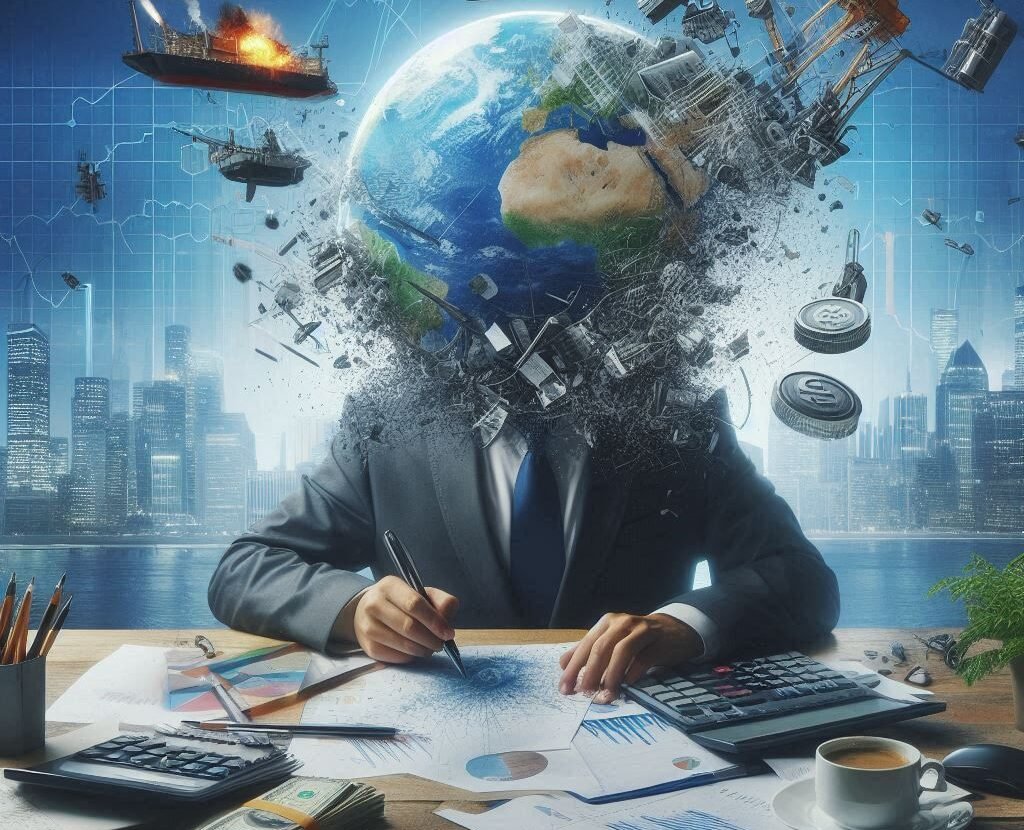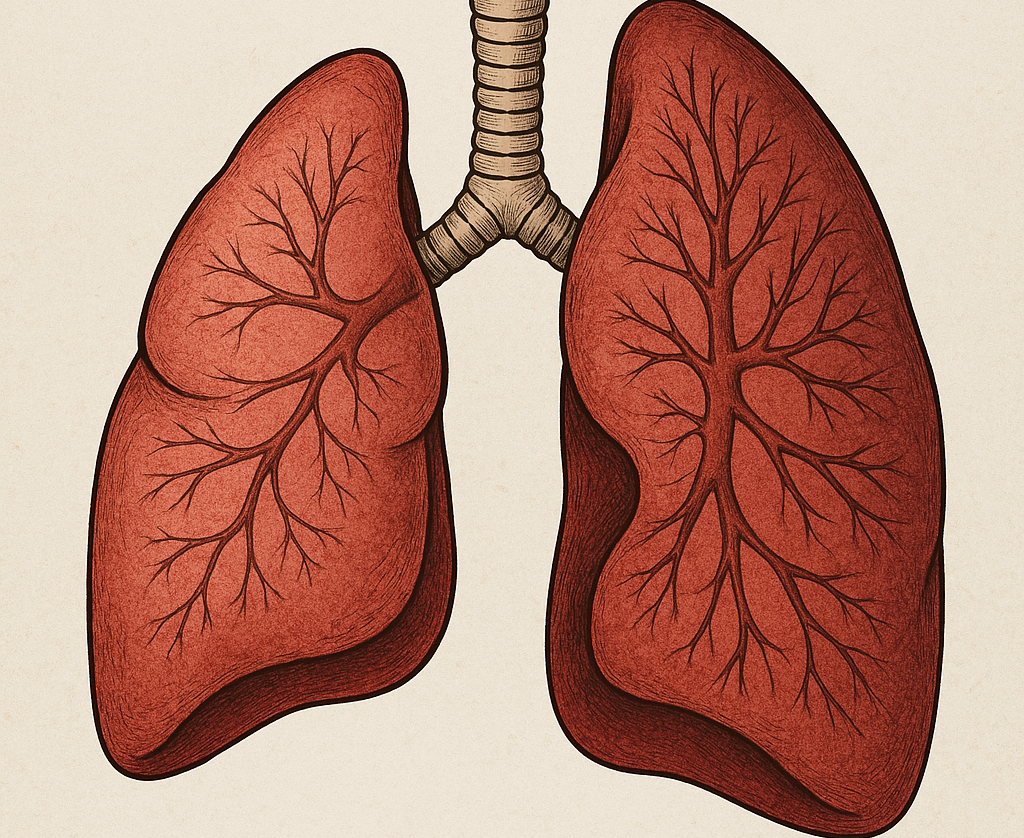
Have you ever wondered why certain fish are no longer safe to eat too often? Or why pollution in the water can end up harming animals—even if they never touched the source of the pollution directly? The answer often lies in a process called bioaccumulation.
Bioaccumulation happens when harmful chemicals build up in the body of an organism over time. These substances—like mercury, lead, or certain pesticides—don’t break down easily. So when a fish or bird absorbs them through food, water, or even air, the toxins stay in their body. As the animal continues to eat contaminated food, the amount of toxins increases. It’s kind of like saving pennies in a jar—eventually, the jar fills up, but instead of money, it’s poison.
Now here’s the big concern: when a small fish with toxins gets eaten by a bigger fish, that bigger fish gets all the toxins the smaller one had. Then, if an even bigger predator eats that fish, the toxins move up again. This is how humans can end up eating dangerous levels of mercury just by eating fish like tuna or swordfish. The more toxins move up the food chain, the more dangerous they become—a process known as biomagnification, which is closely related to bioaccumulation.
One of the key researchers who brought global attention to this problem was Rachel Carson, a marine biologist and conservationist. Her groundbreaking 1962 book Silent Spring warned the world about the dangers of pesticides like DDT, which were accumulating in birds and other wildlife, causing massive ecological damage. Her work led to widespread environmental awareness and eventually the banning of several harmful chemicals. Today, scientists continue to study bioaccumulation to track how pollution affects ecosystems—and to warn us about what might be ending up on our plates.
RELATED POSTS
View all


